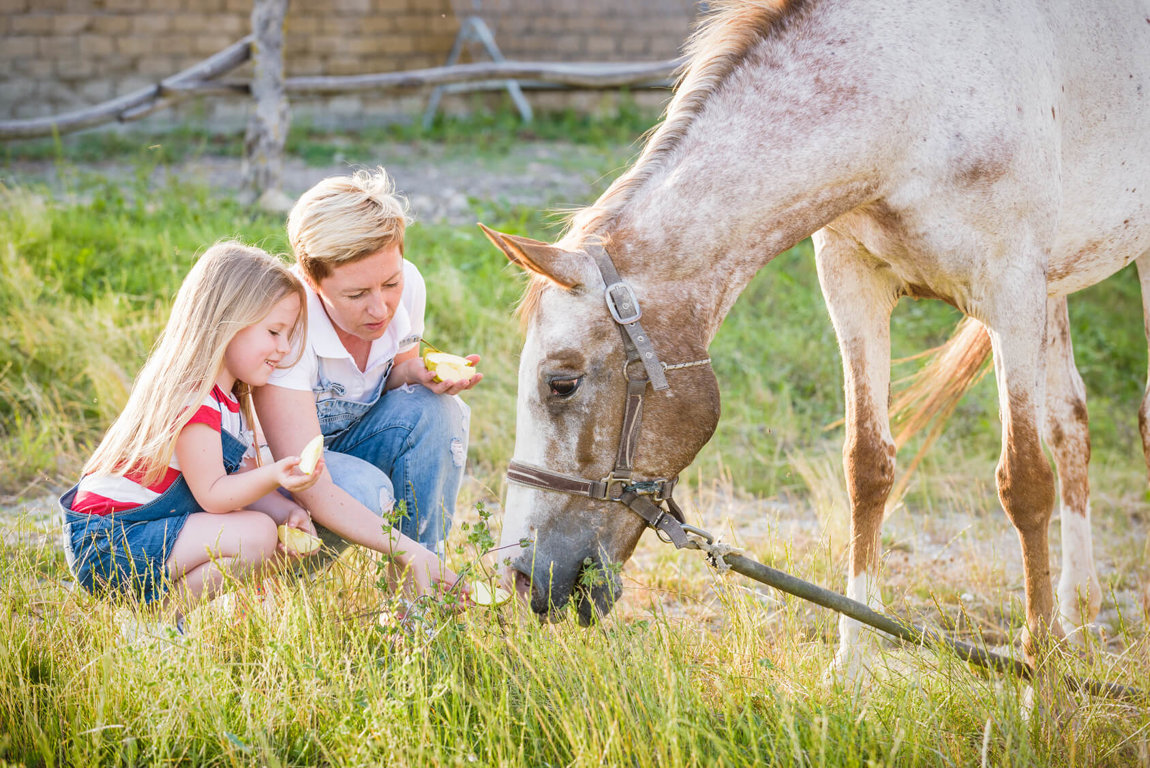
Compassionate Living Choices
"Compassionate living" is a concept based on the belief that humans have a moral responsibility to treat animals with respect, and that the interests of humans and animals should be considered equally. This means that in any decision that could potentially affect the life of an animal, that particular animal's interests should not be dismissed simply because it is inconvenient for us to consider them.Although it may not always be easy to determine accurately the best interests of an animal, we can safely assume that animals generally prefer to live, to be free from pain and to express their natural behaviors.
The failure of humans to consider an animal's needs/interests as equal to those of humans is an expression of prejudice called speciesism. Defenders of speciesism often argue that humans are superior to other species because of their greater intelligence. Taken to its logical extreme, this argument would imply that humans with higher I.Q. scores should have more rights than humans with lower I.Q. scores. However, we have developed the sensitivity to extend basic human rights to all humans, whether or not they meet any criteria for intelligence, capacity or potential. But animals are commonly experimented on without their consent, and even killed, if it suits human purposes. This gross inequality is what we are trying to address with the concept of "animal rights."
Another common assertion is that humans are superior to animals because we possess the capacity to understand morality, as well as the ability to determine right from wrong. Since some animals may lack these same abilities, it is argued that humans are not obligated to treat them in any particular way. However, if only those who are capable of making and understanding moral judgments were to be accorded basic human rights, than infants, young children, and the severely ill or mentally challenged would be excluded. It is equally logical to affirm that, since humans are the only ones who can make moral judgments, that it is our responsibility to do so on behalf of the animals.
All animals, including humans, have the ability to experience pleasure and pain. Unfortunately, humans have tended to inflict tremendous amounts of pain and suffering on animals without any consideration of how this affects the animals themselves. By making compassionate daily choices, you can help end widespread animal abuse and exploitation.
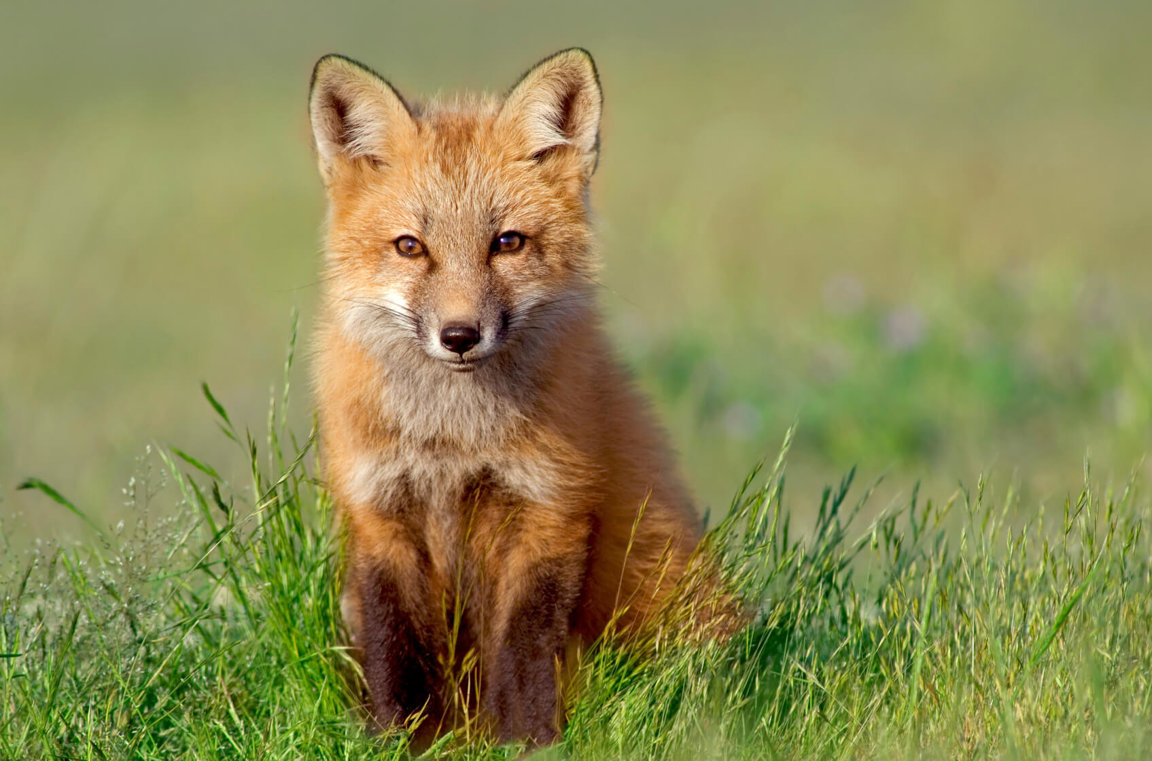 WHAT YOU CHOOSE TO WEAR
WHAT YOU CHOOSE TO WEAR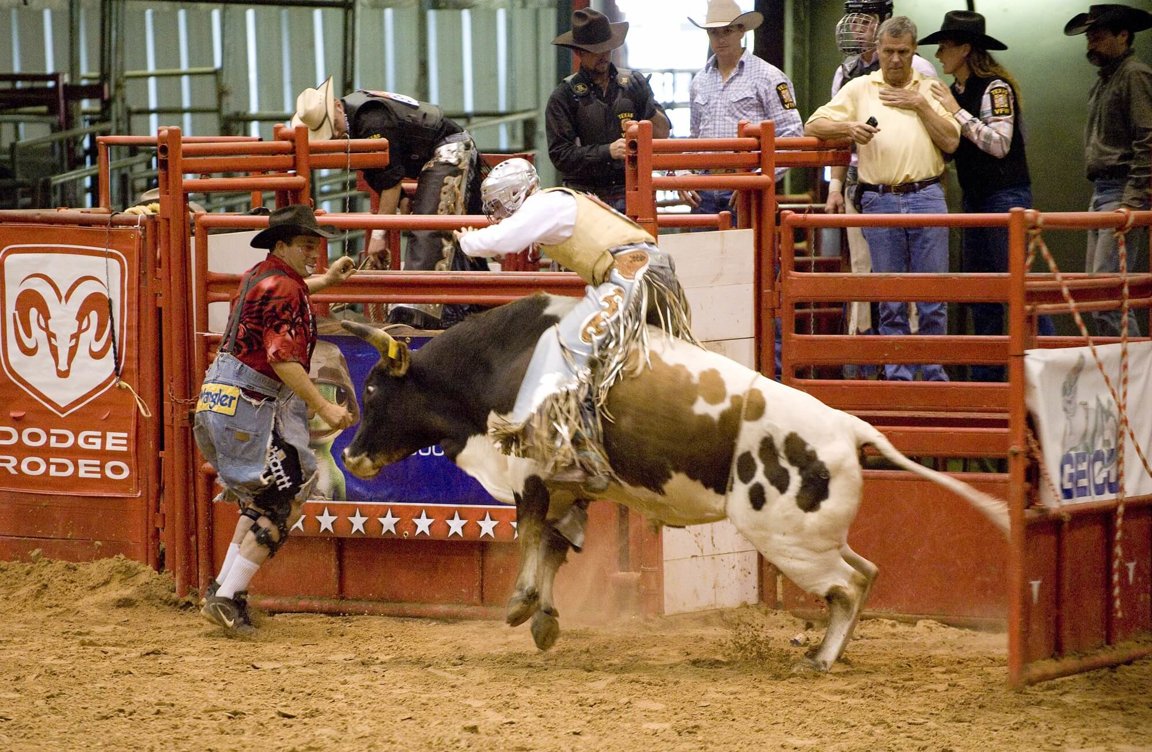 WHAT YOU CHOOSE FOR ENTERTAINMENT
WHAT YOU CHOOSE FOR ENTERTAINMENT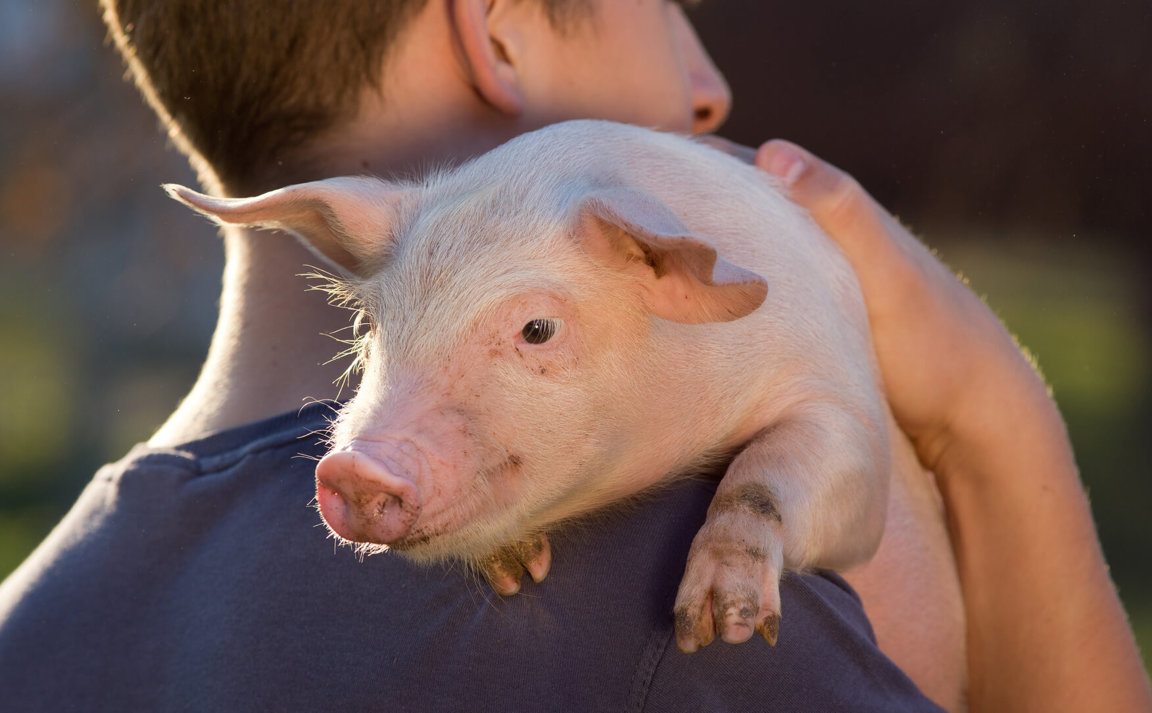 WHAT YOU CHOOSE TO EAT
WHAT YOU CHOOSE TO EAT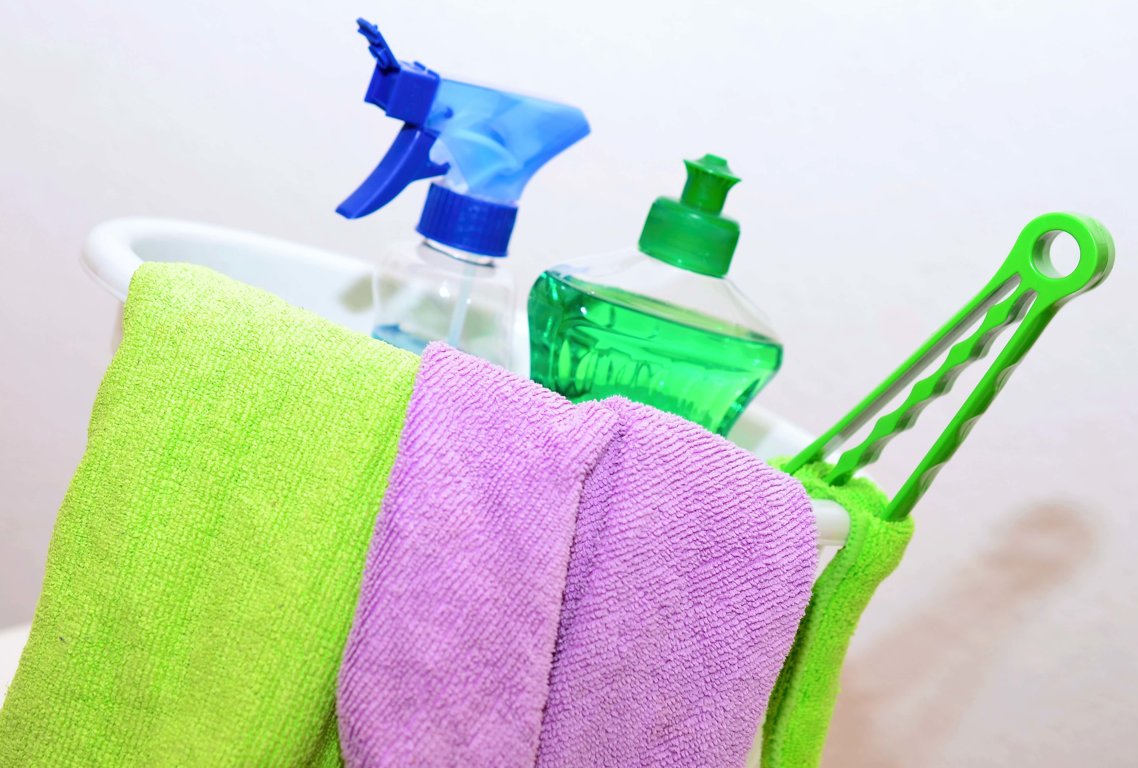 WHAT PRODUCTS YOU CHOOSE
WHAT PRODUCTS YOU CHOOSE